Choosing the proper wire and cable types, sizes, bases on the need for building houses relies on how much current it will carry, where it will be there and what the local code require. Most residences have a cable – wires of different meters (thickness) for different circuits and different types of cable based on where it is installed. Two basic questions determine the choice of which type to use: how much current will the circuit carry, and where will the cable be located? Licensed electricians adore these questions. Many carpenters and homeowners establish simple circuits or repair old ones, so knowing which cable to use is important. When in doubt, engage a professional electrician or have one evaluate your work. Ask your local building authority for approvals or permits.Heavier loads, heavier cables 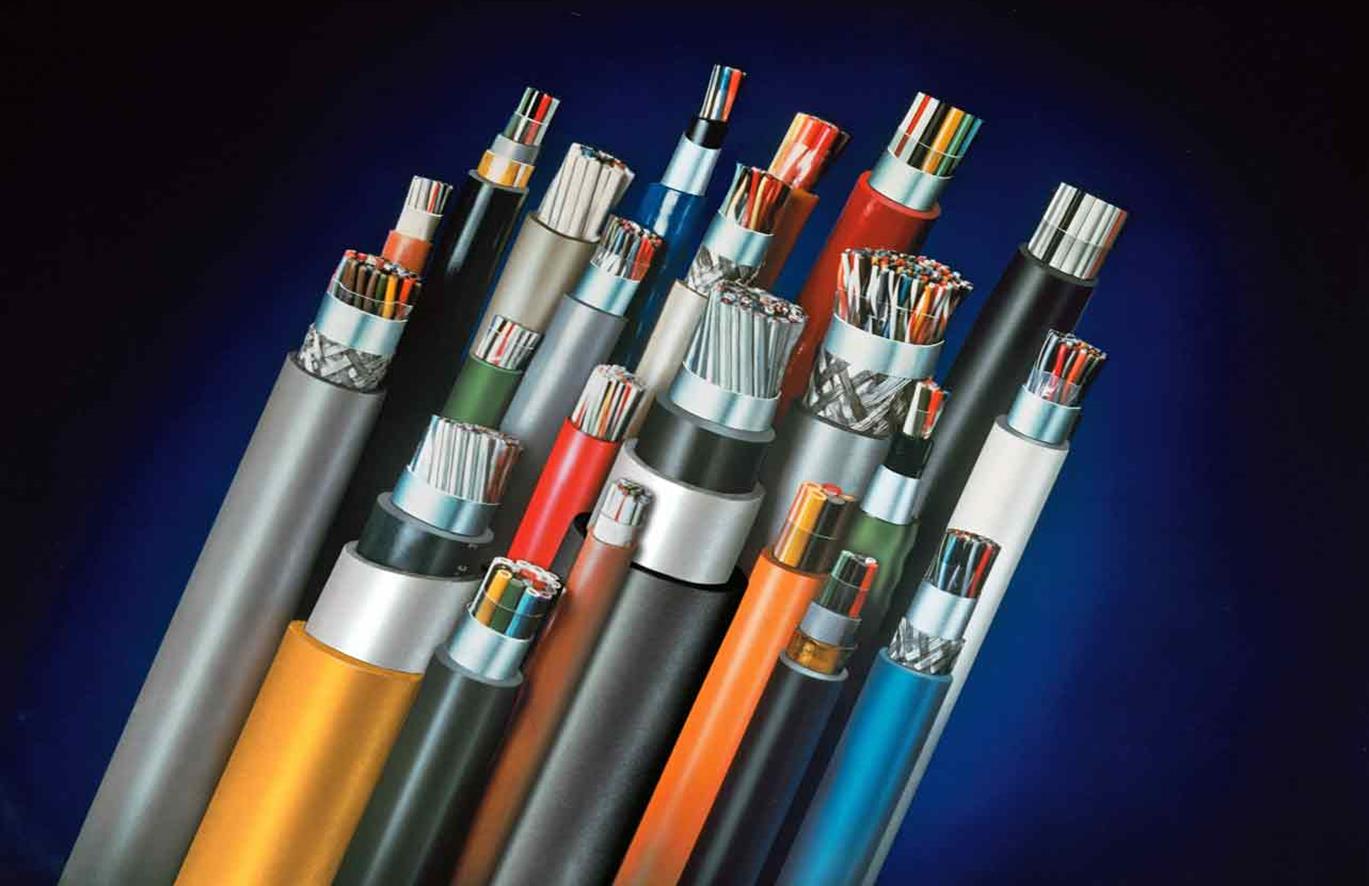 One, some terminology. While “wire” and “cable” are commonly used interchangeably, a wire actually refers to a single electrical conductor. When many wires are bundled together, what you have is a cable. No matter what sort of cable you select, the gauge of the individual wires will decide how much current the cable can safely handle. The lightest gauge used in household circuits is 14 Ga. , which is rated at 15 amps (lights and other electrical devices normally utilize lighter meters instead of 14). (lights and other electrical equipment typically use lighter meters instead of 14). The heavier the wire, the more current it can handle: 12 Ga. For 20-AMP circuits; 10 Ga. is a 30 amp circuit; and 8 grams. is a 40-amp circuit. Older branch circuits may use aluminum conductors. Aluminum may be used for bulk circuits like a home’s SE wire. See if this is allowed with your local building official.
One, some terminology. While “wire” and “cable” are commonly used interchangeably, a wire actually refers to a single electrical conductor. When many wires are bundled together, what you have is a cable. No matter what sort of cable you select, the gauge of the individual wires will decide how much current the cable can safely handle. The lightest gauge used in household circuits is 14 Ga. , which is rated at 15 amps (lights and other electrical devices normally utilize lighter meters instead of 14). (lights and other electrical equipment typically use lighter meters instead of 14). The heavier the wire, the more current it can handle: 12 Ga. For 20-AMP circuits; 10 Ga. is a 30 amp circuit; and 8 grams. is a 40-amp circuit. Older branch circuits may use aluminum conductors. Aluminum may be used for bulk circuits like a home’s SE wire. See if this is allowed with your local building official. 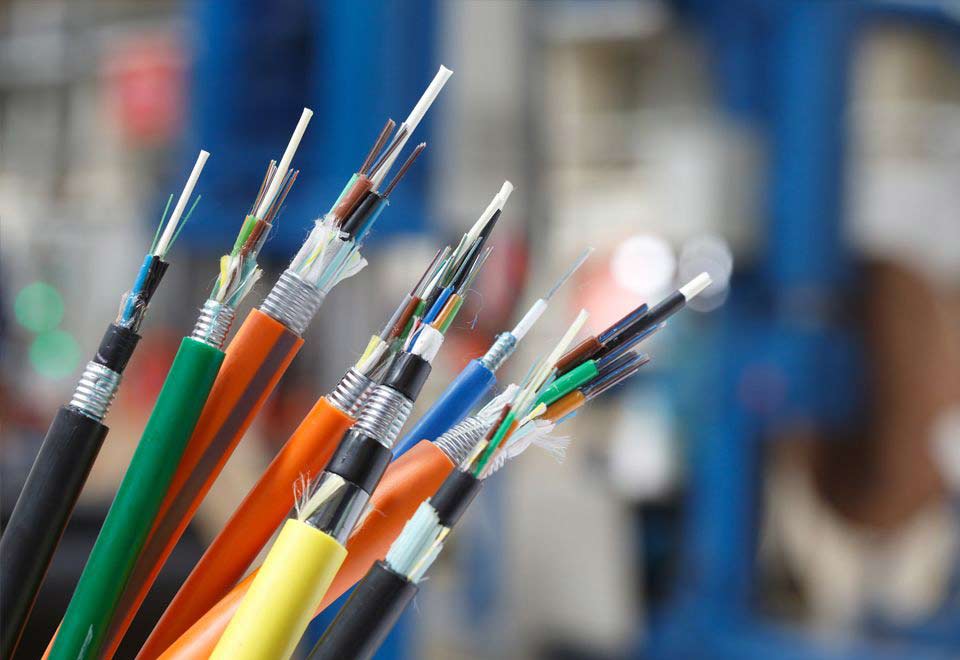
cable wire
Wire and cable are used to transmit power, data, and signals. Wires are stranded in a rope-like cable (at least two in each group). Insulated wires are twisted around a center. Insulates well. Cable types: SYV: polyethylene-insulated RF coaxial wire
- SYWV(Y): Physically foamed polyethylene insulated cable TV system cable, video (RF) coaxial cable for closed-circuit monitoring and cable TV engineering.
- Special cable structure for SYWV (Y), SYKV, and broadband Network: (BNC) Single oxygen-free circular copper wire polyethylene foam (insulation) (tin wire aluminum)
- RVV sheathed wire and RVVP shielded wire are used for building intercom, anti-theft alarm, fire protection, and automatic meter reading. RVVP: Copper core PVC insulated shielded PVC encased flexible cable 300V/300V2-24
- core instrument, meter, intercom, monitoring, control installation;
- RG: Physically foamed polyethylene insulated access network cable for HFC;
- KVVP: Shielded PVC-sheathed braided cable Transmission, control, and measurement of electrical appliances, equipment, and power distribution devices;
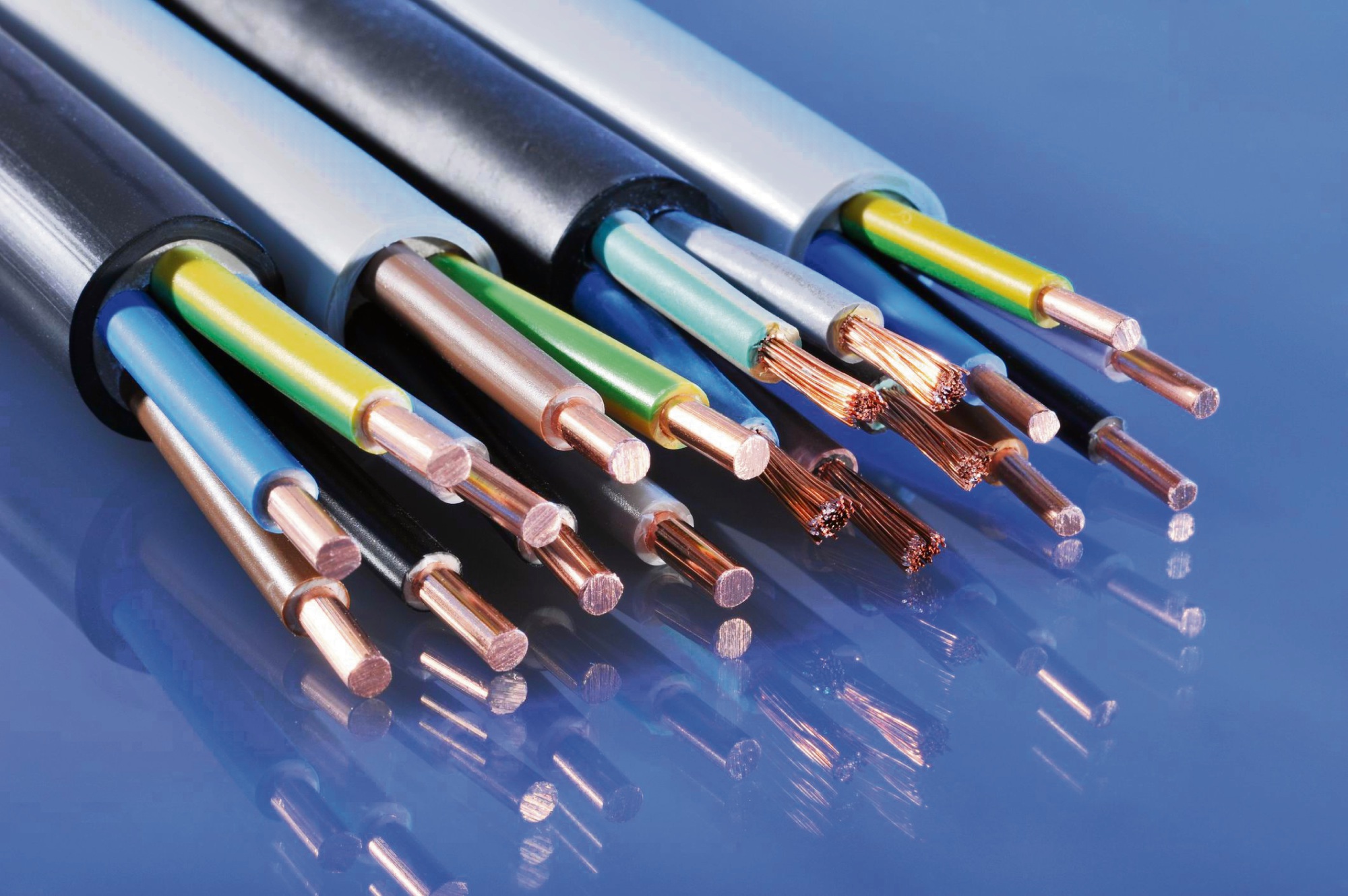 PVC-insulated flexible cable RVV (227IEC52/53) Appliances, tools, equipment, and illumination;
PVC-insulated flexible cable RVV (227IEC52/53) Appliances, tools, equipment, and illumination;
- PVC-sheathed AVVR installation cable;
- SBVV HYA data communication cable (indoor and outdoor) connects telephone and radio equipment and wires the telephone distribution network junction box.
- PVC-insulated RV, RVP cables
- RVS, RVB link cables for household appliances, small power tools, instruments, meters, and power lighting;
- BV, BVR PVC-insulated cables are used for instruments and lighting wiring.
- Fever line (RIB speaker connector);
Signal transmission, control, and measurement of electrical appliances, equipment, and power distribution devices;
- SFTP phone, data, and information network;
- UL2464 cable
VGA cable; SYV coaxial cable transfers radio frequency signals in wireless communication, broadcasting, monitoring system engineering, and associated electronic equipment;
- Coaxial elevator cables SDFAVP, SDFAVVP, SYFPY
- JVPV, JVPVP, JVVP copper-core PVC-insulated, copper-braided computer control cables;

house wiring wire size chart
What are the characteristics of the wires for houses and the size chart? There are 1.5, 2.5, 4.0, and 6.0 squares available, depending on the load. The following is an itemized list of the requirements: 1. The design of the circuit for the household line is typically 4.0 to 6.0 square meters, 1.5 square meters for lighting, 2.5 square meters for sockets, and 4 square meters for air conditioners. 2. The wires that are utilized in the process of house improvement are often single-strand copper core wires, and the specifications for the cross-sectional area of these wires are typically one of three sizes: 4.0 square meters, 2.5 square meters, or 1.5 square meters. The 3.6.0 square meter is primarily utilized for the main line entering the household. The 4.0 square meter single-strand copper core wire is utilized for the circuit main line as well as the special line for air conditioners, electric water heaters, and other similar appliances. Finally, the 2.5 square meter single-strand copper core line is utilized for socket lines and other related components.  In the branch line, single-strand copper core wire with a 1.5 square standard is used for the wires that control the lamps and switches. The ground wire in a circuit is usually a 1.5 square single-strand copper wire. 4. The 1.5 square meter light wires and switch wires used in the developer’s civil works are generally used for the light wire box switch.. During the process of decoration, the decoration company will typically advise the homeowner to use the 1.5 square meters of the original civil works. This is a recommendation that will be made by the decoration company to the homeowner. The line has been upgraded to a 2.5 square line, but the 4 square line continues to serve as the primary indoor ordinary socket.
In the branch line, single-strand copper core wire with a 1.5 square standard is used for the wires that control the lamps and switches. The ground wire in a circuit is usually a 1.5 square single-strand copper wire. 4. The 1.5 square meter light wires and switch wires used in the developer’s civil works are generally used for the light wire box switch.. During the process of decoration, the decoration company will typically advise the homeowner to use the 1.5 square meters of the original civil works. This is a recommendation that will be made by the decoration company to the homeowner. The line has been upgraded to a 2.5 square line, but the 4 square line continues to serve as the primary indoor ordinary socket.
electrical wires
electrical wires have one or more soft conductors covered by a soft sheath; a cable has insulated conductors covered by a metal or rubber sheath. Core wire, insulating sheath, and protective sheath make up cables and wires. Common cable properties are: Marine flame retardant power cable with ethylene propylene rubber insulation and neoprene sheathing.  CVV – Marine flame retardant PVC-insulated, PVC-sheathed power cable. BV – copper core PVC insulated wire, long-term allowed temperature 65 °C, minimum temperature -15 °C, operating voltage AC 500V, DC 1000V, fixed laying. It can be applied lightly or heavily indoors or outdoors. BX – Copper core rubber insulated wire used indoors at 65°C. RV—PVC-insulated single-core flexible wire, 65°C to -15°C, 250V/500V, utilized for instrument and equipment internal wiring. RVV—Copper core PVC insulated and sheathed flexible wire, long-term working temperature 105°C, working voltage AC 500V, DC 1000V, utilized in humid, high mechanical protection, frequent movement and bending environments. “Wire” and “cable” have loose definitions. Products with a small number of cores, a small diameter, and a simple construction are termed wires, those without insulation are called bare wires, and the rest are called cables; those with a bigger conductor cross-sectional area (more than 6 mm2) are called large wires. Small wires (less than 6 mm2) are termed fabric wires.
CVV – Marine flame retardant PVC-insulated, PVC-sheathed power cable. BV – copper core PVC insulated wire, long-term allowed temperature 65 °C, minimum temperature -15 °C, operating voltage AC 500V, DC 1000V, fixed laying. It can be applied lightly or heavily indoors or outdoors. BX – Copper core rubber insulated wire used indoors at 65°C. RV—PVC-insulated single-core flexible wire, 65°C to -15°C, 250V/500V, utilized for instrument and equipment internal wiring. RVV—Copper core PVC insulated and sheathed flexible wire, long-term working temperature 105°C, working voltage AC 500V, DC 1000V, utilized in humid, high mechanical protection, frequent movement and bending environments. “Wire” and “cable” have loose definitions. Products with a small number of cores, a small diameter, and a simple construction are termed wires, those without insulation are called bare wires, and the rest are called cables; those with a bigger conductor cross-sectional area (more than 6 mm2) are called large wires. Small wires (less than 6 mm2) are termed fabric wires.  This is clearer. Most cables have more than 2 layers of insulation, are multi-core, and are longer than 100 meters. The cable is single-core, single-layer insulated, 100 meters long, and wireless. Cables: VV denotes PVC insulation (first V), PVC sheath (second V); YJV22 implies cross-linked polyethylene insulation (YJ), PVC sheath (V) (22) Plus-model “ZR” or “FR” cable is flame retardant (wire). Aluminum wire becomes “L.” Simple wire model. BVR—polyvinyl chloride insulated copper core cord, BX—rubber insulated copper core cord, RHF—neoprene rubber encased copper core cord.
This is clearer. Most cables have more than 2 layers of insulation, are multi-core, and are longer than 100 meters. The cable is single-core, single-layer insulated, 100 meters long, and wireless. Cables: VV denotes PVC insulation (first V), PVC sheath (second V); YJV22 implies cross-linked polyethylene insulation (YJ), PVC sheath (V) (22) Plus-model “ZR” or “FR” cable is flame retardant (wire). Aluminum wire becomes “L.” Simple wire model. BVR—polyvinyl chloride insulated copper core cord, BX—rubber insulated copper core cord, RHF—neoprene rubber encased copper core cord.
best wire for house wiring
you may be one of those who would like to carry out the rewiring of the house by yourself so you need to know what the best wire for house wiring is. Transformation of the living room’s circuitry requires the installation of power lines, lighting lines, air conditioner lines, TV lines, telephone lines, computer lines, and doorbell lines, among others. The location of the wires must be determined in advance, and the reservation work must be performed competently. Reserve the telephone line port on the sofa’s edge, the doorbell line port on the inside of the door, and the power supply for water dispensers, humidifiers, and other equipment. In general, the living room should have at least five power cord ports. Air conditioners, DVD players, and other devices that remain plugged in when in standby mode should be supplied with switch socket panels so they may be turned off when not in use and do not waste electricity. 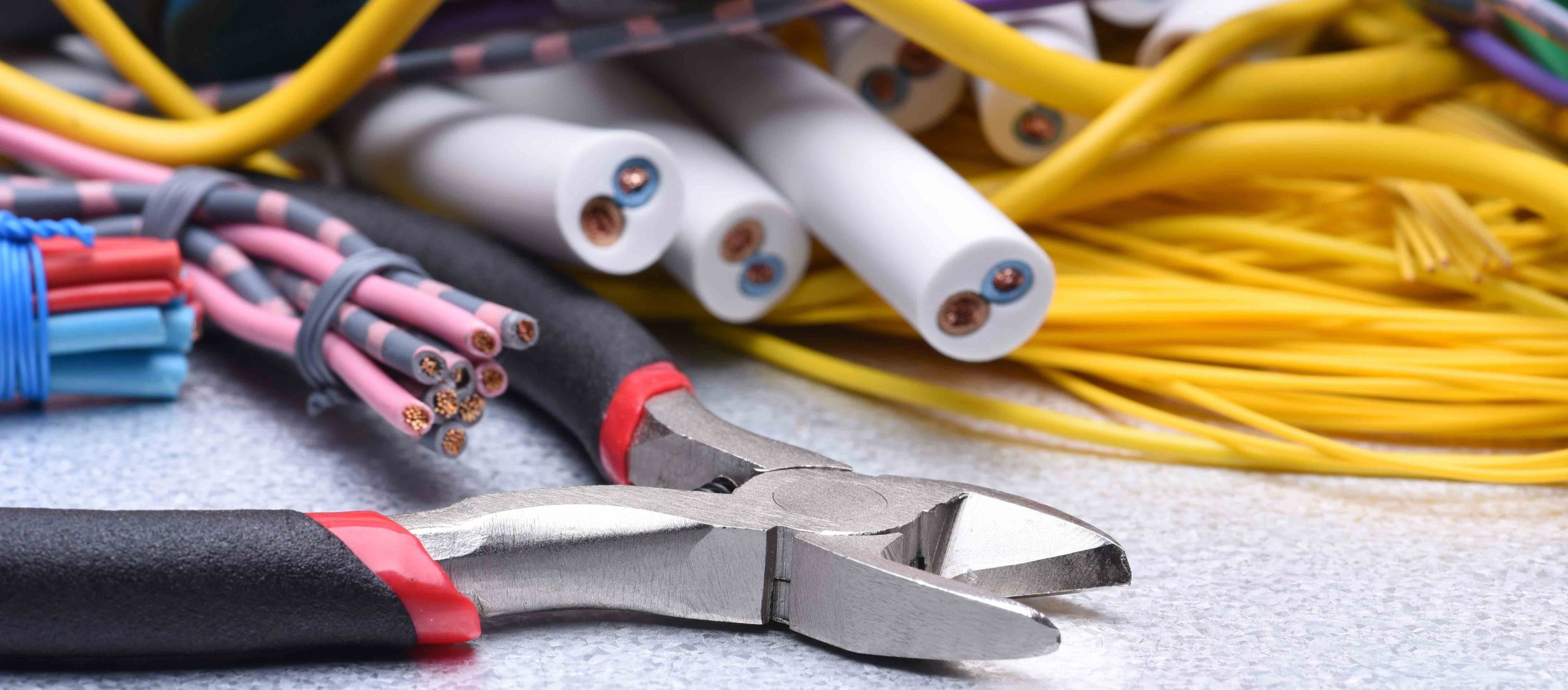 Renovations to bedroom circuits typically involve power lines, lighting lines, air conditioning lines, telephone lines, and computer cables. The power cable port is reserved on the top of the bedside table, and a 5-hole power strip with a switch is acceptable, so alleviating the issue of the bedside lamp not turning on and off. The power connection port (hair dryer) should be reserved above the dressing table; additionally, there should be a reflector lamp above the dressing mirror and another switch installed next to the wire box; the bedroom lamps should preferably be double-controlled switches, one installed on the outside of the bedroom door, and the other A switch is installed on the upper side of the bedside table or on the side of the bed where it is more convenient to operate, so that the lights can be turned on and off quickly.
Renovations to bedroom circuits typically involve power lines, lighting lines, air conditioning lines, telephone lines, and computer cables. The power cable port is reserved on the top of the bedside table, and a 5-hole power strip with a switch is acceptable, so alleviating the issue of the bedside lamp not turning on and off. The power connection port (hair dryer) should be reserved above the dressing table; additionally, there should be a reflector lamp above the dressing mirror and another switch installed next to the wire box; the bedroom lamps should preferably be double-controlled switches, one installed on the outside of the bedroom door, and the other A switch is installed on the upper side of the bedside table or on the side of the bed where it is more convenient to operate, so that the lights can be turned on and off quickly. 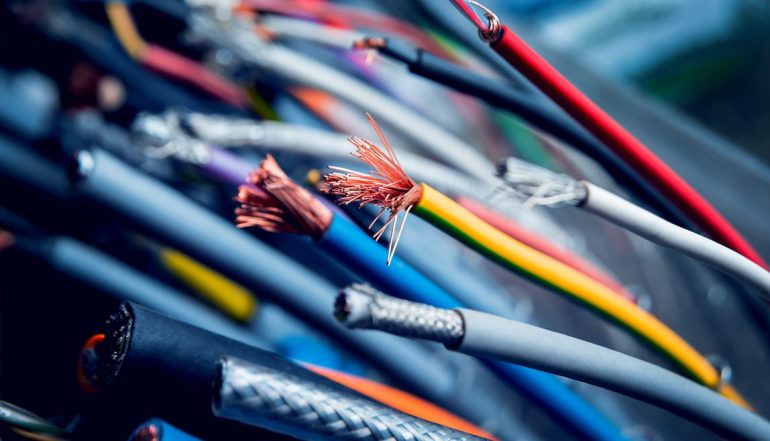
electrical wire types chart
those who are involved in the hands on implementation of electrical wiring system in buildings very well understand the value of a comprehensive table which presents accurate information about features and parameters of each cable type. The information to be included in such a table is as follows: Current capacity: Estimation formula: 9 – 2.5, -1, up. 35×3.5 and -1.05 in pairs High temperature 10% off copper upgrade, subject to change. Two, three, or four pipes run through at 876 percent capacity.  Explanation: (1) The formula in this section does not directly reflect the current carrying capability (safe current) of various insulated wires (rubber and plastic), but conveys it by “multiplying the cross section by a specific multiple.” Table 53 shows that the section’s multiplicity drops. “Multiplying 2.5 times by 9, removing 1, and continuing up” refers to aluminum core insulated wires with cross-sections of 2.5mm’ and lower. Current-carrying capacity is 9 times the number of cross-sections. 2.5mm wire can carry 2.59=22.5A. (A). The ampacity and number of wire sections from 4mm’ and higher is the upward row along the line number, and the multiple is sequentially lowered by l. High-temperature copper upgrades are 10% off and conditions have changed. The above formulas use aluminum-core insulated wire and open lay at 25 °C. If aluminum core insulated wire is laid openly in an area where the ambient temperature is higher than 25 °C for a long time, the wire’s current carrying capacity can be calculated using the above formula, then 10% off; when copper core insulated wire is not used, its current carrying capacity is slightly higher than that of aluminum wire of the same specification. For example, 16mm copper wire can be converted to 25mm2 aluminum.
Explanation: (1) The formula in this section does not directly reflect the current carrying capability (safe current) of various insulated wires (rubber and plastic), but conveys it by “multiplying the cross section by a specific multiple.” Table 53 shows that the section’s multiplicity drops. “Multiplying 2.5 times by 9, removing 1, and continuing up” refers to aluminum core insulated wires with cross-sections of 2.5mm’ and lower. Current-carrying capacity is 9 times the number of cross-sections. 2.5mm wire can carry 2.59=22.5A. (A). The ampacity and number of wire sections from 4mm’ and higher is the upward row along the line number, and the multiple is sequentially lowered by l. High-temperature copper upgrades are 10% off and conditions have changed. The above formulas use aluminum-core insulated wire and open lay at 25 °C. If aluminum core insulated wire is laid openly in an area where the ambient temperature is higher than 25 °C for a long time, the wire’s current carrying capacity can be calculated using the above formula, then 10% off; when copper core insulated wire is not used, its current carrying capacity is slightly higher than that of aluminum wire of the same specification. For example, 16mm copper wire can be converted to 25mm2 aluminum. 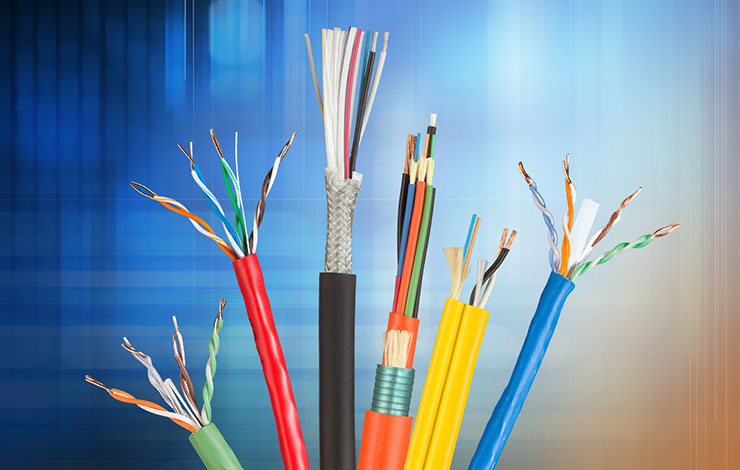
electric wire sizes
Wire is integral to house decorating. When buying electric wire and cables, how many square meters and what sizes are needed? People say the greater the wire square, the better. Is it true? Wire size selection First, consider the electric power, single-phase 220V, 15.5KW appliances, and 70.45A rated current. The 16 square copper wire and 25 square aluminum wire can transport 100A, however the smaller wire can’t achieve 70A. Three-phase 380V, 15.5KW, 31A. 6 square copper and 10 square aluminum wire carry 40A. The safe current-carrying capability of ordinary copper wire is limited by its maximum core temperature, cooling conditions, and laying conditions. Copper wire can safely carry 58A/mm2 and aluminum 35A/mm2. 2.5 mm2 BVV copper wire’s safe current carrying capacity is 2.58A/mm2=20A. 4 mm2 BVV copper wire may safely carry 48A/mm2=32A. This procedure works. “35 3.5 = 122.5 is the current carrying capability of a 35mm wire (A ). From 50mm’ and above, the current carrying capacity multiple becomes a group of two wire numbers, and the multiple is lowered by 0.5. Wires show that they are still used in house decor. When picking cables, we don’t just consider the square number, but also the power of home appliances, etc. Only then can we buy family-friendly wiring.
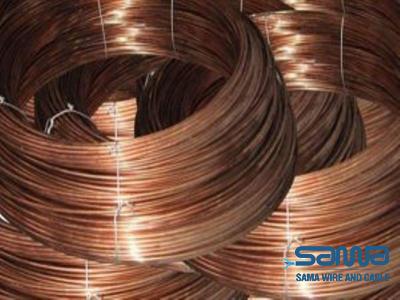
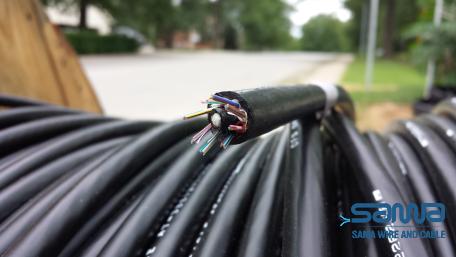
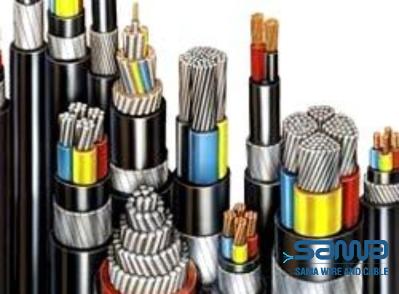
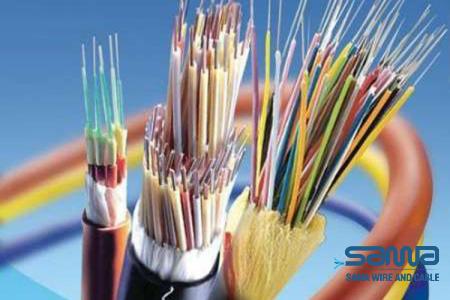
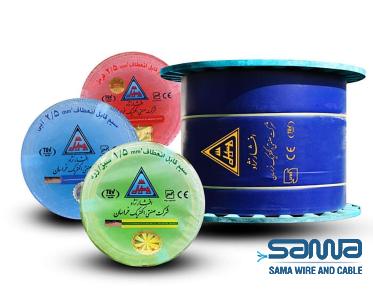
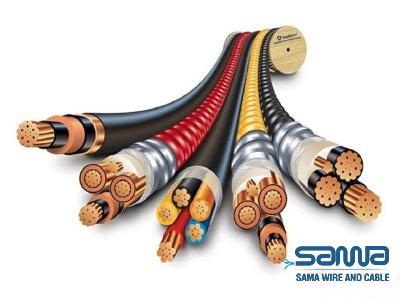
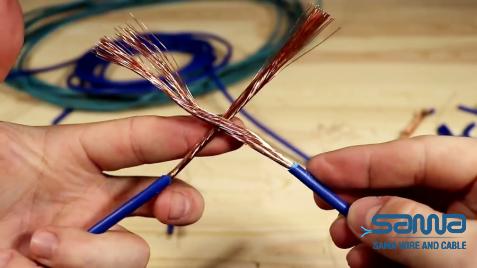
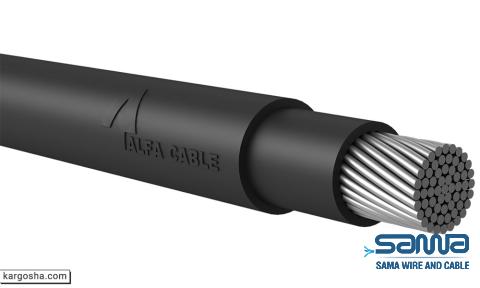
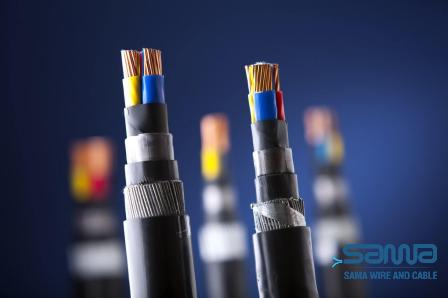
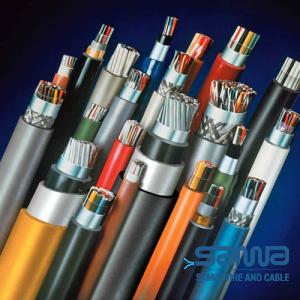
Your comment submitted.